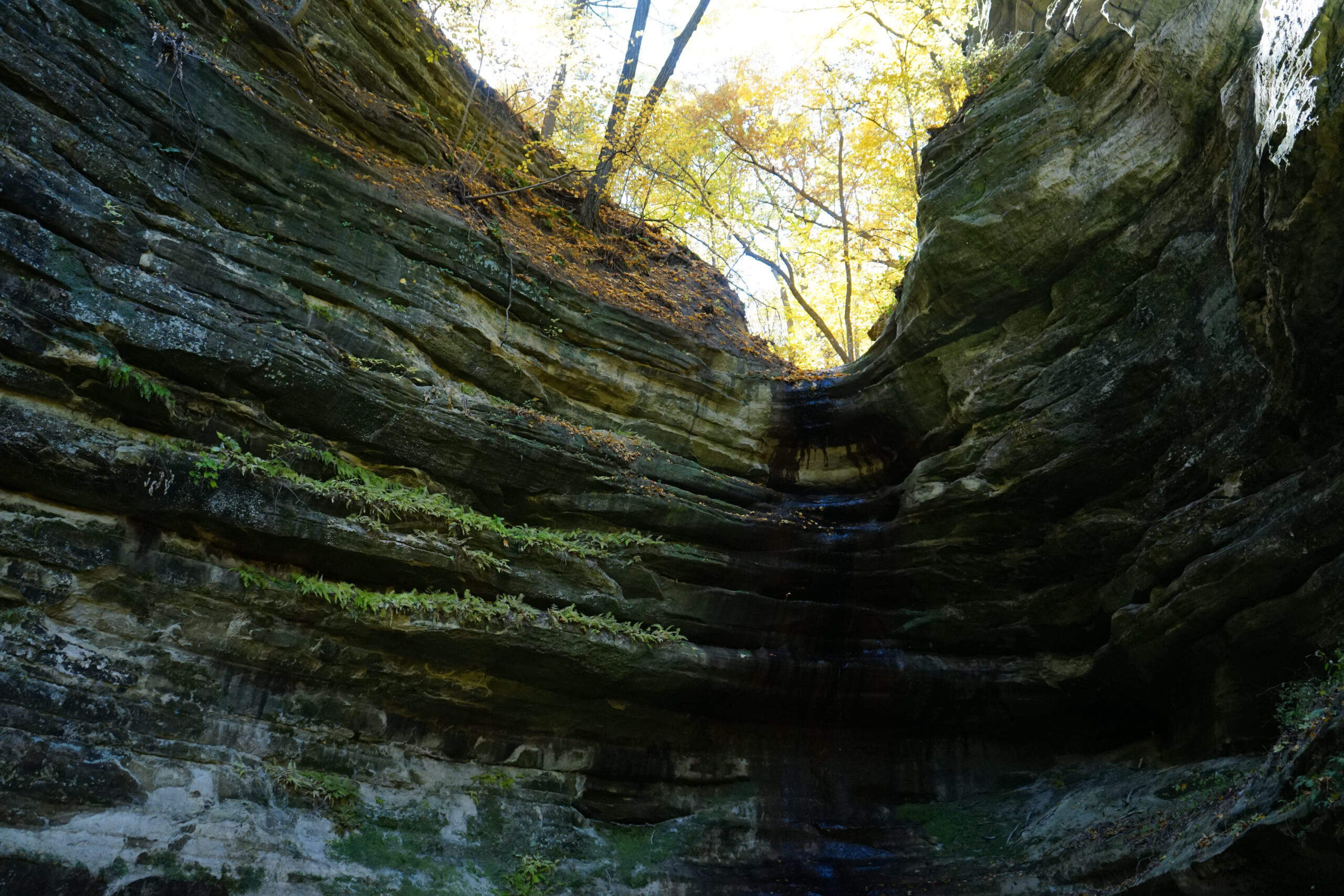When I reached the rank of green belt in Tang Soo Do around 15 years ago, my instructor took out the student manual and read to us the expectations for brown belt. He made sure to emphasize the following point: Must be able to demonstrate jumping techniques. In particular, the technique that he had in mind was a jump spinning crescent kick. This point stuck out to me, and while I met my instructors expectations of doing a jump spinning kick, something felt off about my technique, but I could not put my finger on it.
Fast forward a couple years to when I was a Blue Belt (Cho Dan Bo), a Black Belt at our school was teaching a class where we devoted an hour of training to jump kicks and jump spinning kicks. He did a very good job breaking down the different steps to a good jump spinning kick and provided good exercises to train our muscles, but there was one particular exercise that he had us do to train our minds! One of the hallmarks of a good jump kick is tucking the leg that is not kicking; however, this can be a struggle as many people have a fear of the ground and end up reaching for the ground before the apex of the kick. This can limit our height on a regular jump kick, and can prevent us from rotating full circle on a jump spinning kick.
The exercise that this instructor had us do was a box jump where we had to land on the ground with our knees still tucked to our chest. He had us do this exercise ten times whenever we did a bad jump kick where we reached for the ground. This exercise was rough on the body which helped me and everybody else to learn the lesson quicker, but at the end of the day, many of us had overcome our fear of the ground and had much improved jump kicks.
Not reaching for the ground was the secret ingredient that was missing in my jump techniques. Once this ingredient was explained to me I was able to make massive gains in my training. As I started to gain more experience teaching as a 3rd Dan, I realized that I would need to search for the secret ingredients for all of the techniques myself to be able to convey them to my students. In doing so, my own technique and my understanding of the technique improved. As we strive to reach a higher level of training, we need to look for the nuances that separate mediocre technique from excellent technique. What is one technique that you want to improve? Break it down into parts and search for the little things that will make or break a technique and you will discover its secrets!



